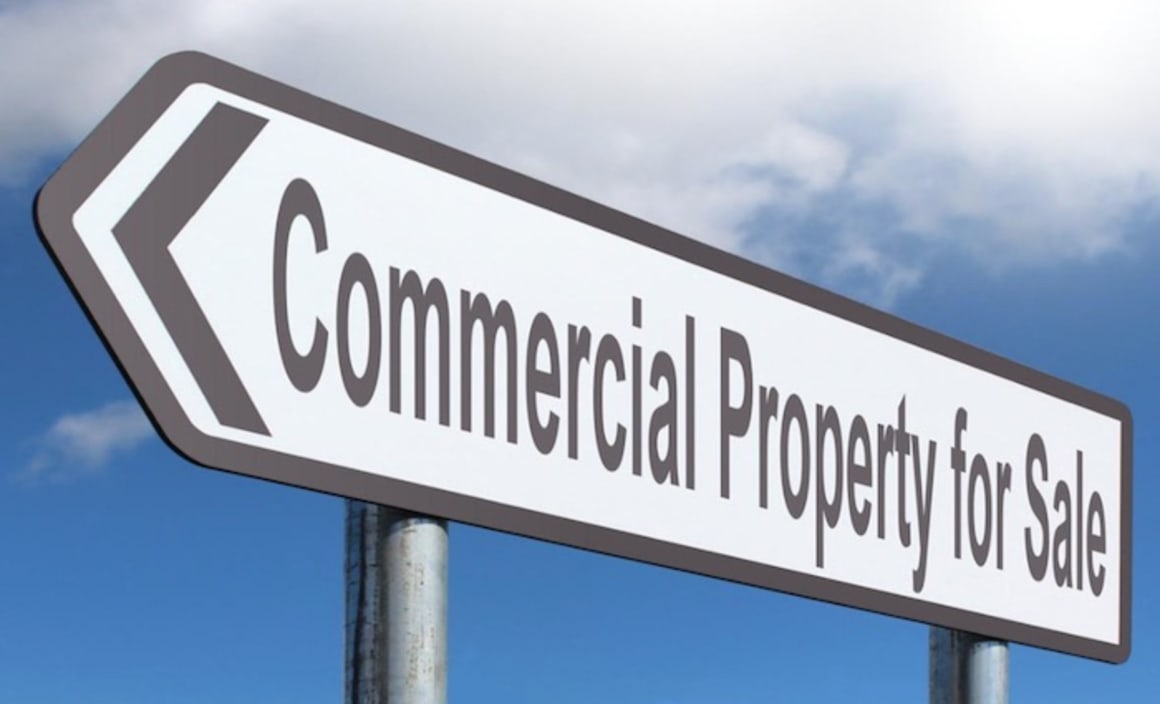Commercial property buying opportunities and distressed sales

Commercial property prices have skyrocketed in recent years, sowing seeds that could lead to opportunistic buying opportunities – and distressed sales – in coming years.
Here are 10 factors at play that could lead to attractive buying opportunities for those who have cash at the ready.
1. There’s a limit to how low yields can go. As property prices in some markets have risen faster than rents, the rate of return has reduced and reduced. No one knows just how low they can go, but there is a floor and we’re getting close to it.
2. Australia’s big four banks have become increasingly cautious in their lending in this space. They have, perhaps, heeded warnings by RBA’s head of Financial Stability Jonathan Kearns, of the risks of a “sharp correction” and potential for a repeat of the 1990s bust that followed the 1980s boom.
3. Changes in market conditions and a potential reduction in debt availability and/or increase in costs is likely to require some developers who acquired assets for future conversion or demolition to sell.
4. Foreign banks are still lending for Australian commercial property but could experience pull back if interest rates rise or there is a change in global capital markets.
5. Unlike residential loans, commercial property loans need to be refinanced every few years. Currently, rising property prices have provided a cushion for heavily indebted owners to help meet their obligations to banks. If this levels off or falls, it could be problematic for those owners.
6. Interest rates could rise. Historically low interest rates have also underpinned commercial property affordability and supported high prices, and a rise could render some owners into financial trouble, forcing sales.
7. Rising bond rates. If interest rates rise, then bonds will start to offer higher returns – meaning investors, particularly those overseas who are likely to see rates rise first, could place cash elsewhere.
8. Businesses may be doing better than they were in the midst of the GFC but they are still price-sensitive and unlikely to swallow much more in the way of increased rents, which have been rising in most locations, albeit not as fast as property values.
9. High-end corporate office occupants are increasingly seeking better amenities – end-of-trip facilities, ground floor cafes and gyms, even concierges – as well as strong environmental credentials. Cash-strapped landlords who lose a major tenant may not be able to afford the upgrades required to attract new tenants.
10. Federal Government tenants require properties to have a minimum 4.5 star NABERS rating, however achieving this in an existing property requires significant investment which, again, the cash-strapped landlord might not be able to fund easily.
Russell Bullen is the chief operating officer of diversified property company Quintessential Equity